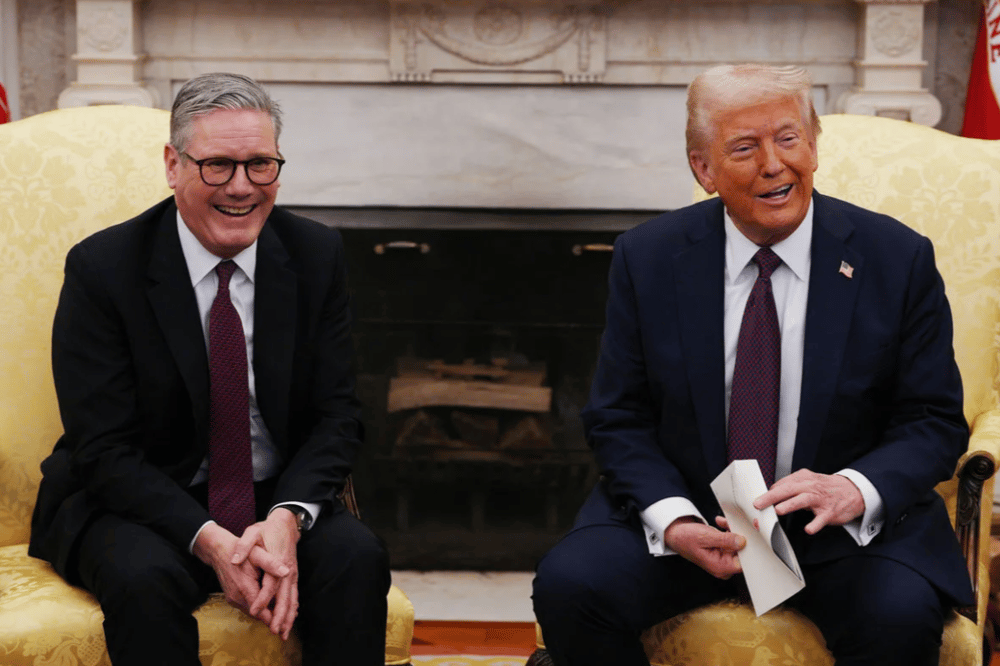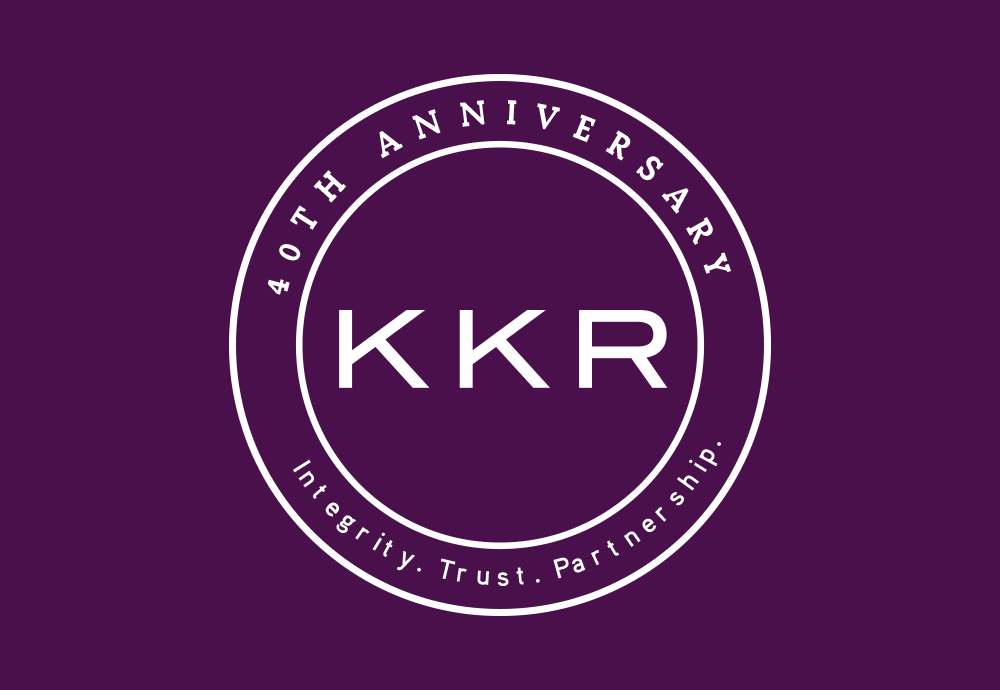Mallinckrodt and Endo Consider $7 Billion Merger to Reshape the U.S. Pharmaceutical Market
Mallinckrodt and Endo International are reportedly exploring a potential merger valued at approximately $7 billion, according to a Reuters report on November 29. Sources familiar with the matter suggest that the official announcement could come as early as Thursday.
Merger Details and Corporate Structure
The potential deal aims to consolidate the resources of the two pharmaceutical giants, with both companies expected to receive an equal stake in the new entity.

Key Highlights of the Deal
1. Merger Terms: Under the proposed terms, the merged company will see a 50-50 split of shares, allowing both parties to maintain balanced governance in the new organization.
2. Listing on the New York Stock Exchange: Following the merger, the unified entity plans to list on the New York Stock Exchange (NYSE), enabling access to a broader pool of investors and enhancing its market presence.
3. Business Synergies: The merger is expected to bring together complementary assets, optimizing operations and improving the financial frameworks of both companies.
While the finalization is still pending, neither Mallinckrodt nor Endo have publicly commented on the progress of their negotiations.
Challenges Facing Mallinckrodt and Endo
Both Mallinckrodt and Endo have faced significant legal and financial hurdles in recent years due to their alleged roles in the U.S. opioid epidemic.
Key Issues:
- Mallinckrodt emerged from its second bankruptcy as recently as November 2023 after successfully restructuring its debt obligations.
- Endo International returned to the market in 2022 following its own financial struggles.
Despite these challenges, the two companies remain influential players in the pharmaceutical sector. The merger is seen as a strategic response to mitigate ongoing risks and strengthen their market positions.

Implications for the Pharmaceutical Industry
The U.S. pharmaceutical sector is a highly competitive and high-stakes environment. Mergers of this nature often reflect a broader trend of consolidation, driven by the need to navigate economic pressures and legal risks.
Potential Outcomes
- Stronger Market Positioning: By combining their resources, Mallinckrodt and Endo could create a more formidable competitor capable of challenging larger pharma corporations.
- Focus on Essential Medications: Both companies specialize in the production of niche generics and pain management drugs. The merger may help accelerate the development and delivery of such critical medications to the market.
As the global pharmaceutical industry continues to consolidate, this merger highlights the ongoing efforts of companies to adapt to complex legal, financial, and market dynamics.


















Comments